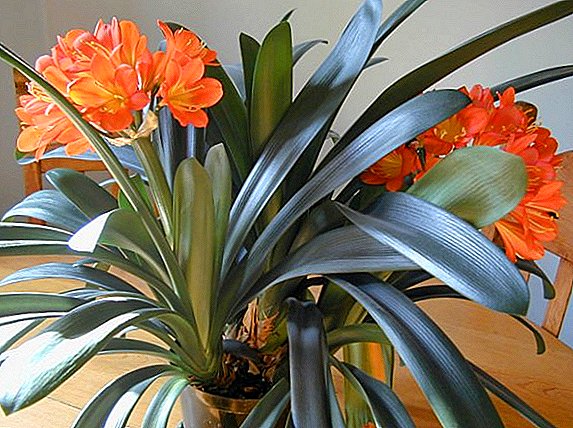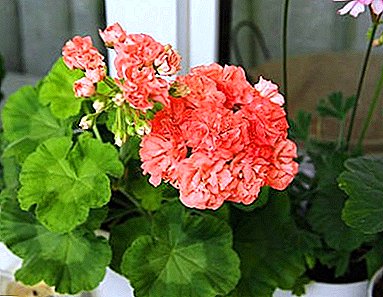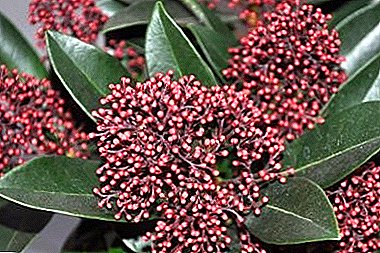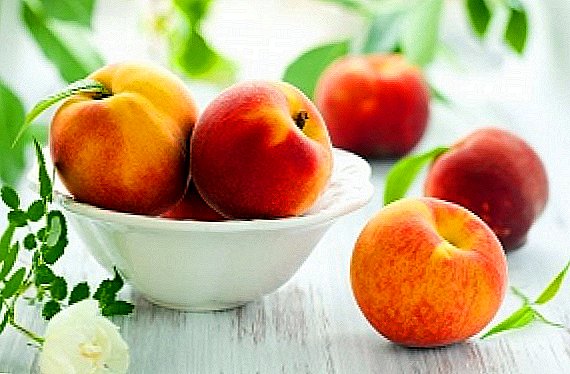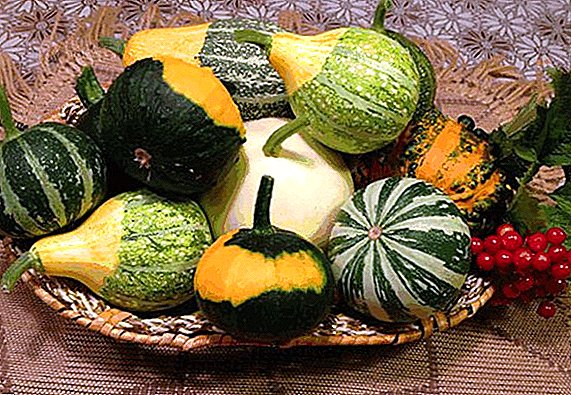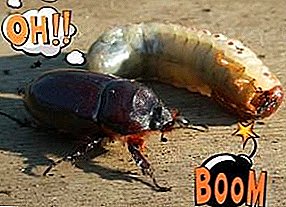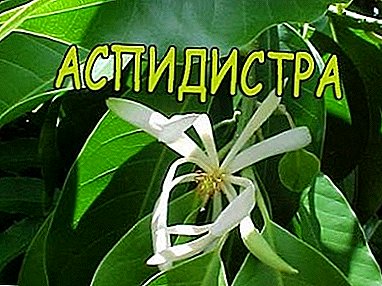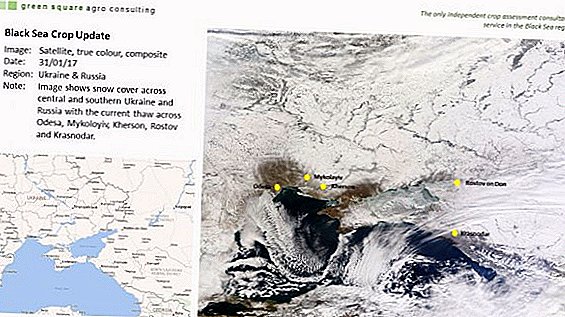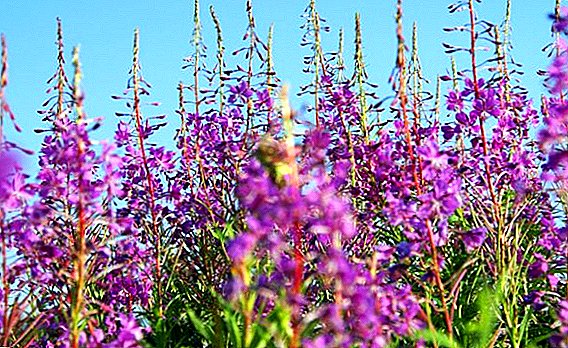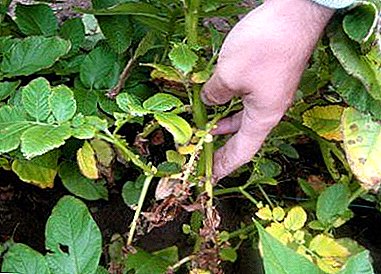
What kind of disease is this - Phytophthora of potato? It turns out that this is an extremely dangerous phenomenon that affects both the tubers and the green mass of the plant.
According to statistics, 15% of the total crop of the root is annually exposed to this disease. Sometimes rates increase to 50%.
However, experienced gardeners know what measures need to be taken to save the harvest. The main method of exposure is prevention.
From the article you can find out what a fitoftoroz is, how it is dangerous for potatoes and how to detect it. As well as information about varieties of potatoes, which are not afraid of this disease.
Description of phytophthora
The causes of the disease blight are lower fungi, oomycetes, which are mainly in the ground. Infection with late blight occurs when the infection gets inside the plant. As for potatoes, the infection comes from tubers.
The period of maturation of the pathogen is from 3 days to two weeks, which is caused by the rapid spread of the disease. Disputes are carried by the wind, and scatter by tens of kilometers. Also, to create pathogenic microorganisms, appropriate weather conditions are necessary: high humidity and sudden temperature changes. It is in the spring, with its warm days and cold nights, favorable conditions are created for the activation of phytophtoras..
A photo
The images below show what the disease looks like on a potato.





Where and when is formed?
Fungal infection infects the stems, leaves and roots of agricultural plants. A larger percentage is the family Solanaceae.
The first place phytophthora attack the potato tubers, because the infection occurs through the soil containing pathogenic microorganisms.
Therefore, they are the first targets of the defeat, and then further spread. After 10-15 days, the disease spreads to peppers, tomatoes, eggplants. The infection is formed under favorable conditions:
- high humidity;
- with the appearance of dew;
- during fogs;
- with fluctuations in day and night air temperature;
- in the marshy or flooded areas.
The aggressiveness of late blight directly depends on meteorological factors.. In the rainy period, in the early morning during the dew peeping outbreak of the disease. The optimum temperature: in the daytime + 15-20 ° C, at night not lower than + 10 ° C. Dry and hot are considered unfavorable weather conditions for late blight, development stops.
What is dangerous?
Late blight is considered a serious headache for farmers around the world. The main danger of the disease is an incredible speed of development. From 1 diseased plant, a whole breast or planting can get infected within 7 days. The infection is transmitted to the tubers to which it falls, even during storage.
If 10% of the green mass of the bush is damaged, it is already impossible to prevent the disease.. Should remove and burn the plant. Phytophthora is the cause of loss of crop quality, infects seeds, affects the resistance of plants to other diseases. It is important that the fungal pathogen is different vitality, does not die even from the winter cold.
How to detect?
 The appearance of this disease is noted on the tubers, trunk, leaves. Development begins during the flowering period. The first signs appear a week after infection. You can see brown-brown spots on the leaves in the lower part of the bush, then spores are spread and damage the upper parts of the young shoots. In rainy weather, white mold is visible on these leaves - traces of sporulation of the mycelium.
The appearance of this disease is noted on the tubers, trunk, leaves. Development begins during the flowering period. The first signs appear a week after infection. You can see brown-brown spots on the leaves in the lower part of the bush, then spores are spread and damage the upper parts of the young shoots. In rainy weather, white mold is visible on these leaves - traces of sporulation of the mycelium.
In the sick parts of the plant, a secondary infection often appears, which leads to the death of the crop, turning the root vegetable into a rotten mass. The foliage turns black, fades and dries. If the disease is not stopped, but then the plant will die completely.
Disease treatment
How to deal with blight? This disease is incurable. At its elimination it is necessary to resort to agrotechnical actions and processing by chemical preparations. To stop the projection of the disease has a vegetable processing scheme:
- The first time the treatment is carried out when the potato bush reaches 25-30 cm in height. As drugs, it is better to choose 1% Bordeaux liquid, copper sulphate or copper sulphate.
- It is mandatory to spray with Epin and Exiol before the flowering period, but if the weather is hot and there is no rain, then restrict yourself to Silk or Krezacin.
- After 2-3 weeks, fungicides of contact action come into play - copper oxychloride, Efal or Ditan M-45. Apply them strictly according to the instructions on the package.
- If you use chemicals for prophylactic purposes, then the dosage should be halved.
- In case of severe damage, use Oksihom, Ridomil MC or Ridomil Gold MC, certainly after two weeks of treatment must be repeated.
- At the end of flowering, the tops are treated with the chemical substance Bravo, this procedure will also require a repetition in 7-10 days.
- During the period of ripening of the root crop, sprinkle the plants with Alufit.
- If after the procedure it started to rain, it should be repeated.
Cognitive video about potato disease late blight and its treatment:
Prevention to protect tubers
To reduce the risk of occurrence of the disease should:
- Every spring, before planting the root crop, treat the breasts with chemicals to destroy the remaining pathogens.
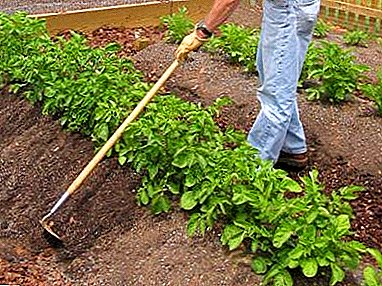 Do not use as a seed, tubers damaged by late blight.
Do not use as a seed, tubers damaged by late blight.- Choose beds for potatoes on flat plots of land, in the lowlands the possibility of spreading infections is greater.
- The soil should be light, loose, well-drained.
- In areas after tomatoes, peppers, eggplants, potatoes are advised to grow no earlier than 5 years.
- It is important to have beds with the Paslenov far from each other.
- It is recommended to plant potato varieties resistant to late blight.
- Before and during planting, potash-phosphate fertilizers can be used, and with an increase in young tubers in size, the potash component can be increased 1.5-2 times.
- Prevent overgrowth of beds, eliminate weeds.
- Use the method of hilling, which will also help from infection with blight.
- Immediately after the ripening of potatoes, it is better to clean, and allow to dry in a warm, dry, ventilated place.
Disease-resistant varieties
Planting material, of course, affects the quality and quantity of the harvested crop.. Ideal - elite varieties of potatoes. They are more resistant to various kinds of diseases, harmful insects bypass them, and also have excellent taste characteristics. However, the choice of root varieties also depends on the area of growth.
For northwest Russia
The climate in this area is quite cold. The winter period lasts from November to February, the spring is cool, and in the summer there is only a couple of weeks of heat, and the rest of the time - cloudiness and precipitation. Therefore, in such conditions, not every variety can grow and produce a good harvest.
Magician
 The mid-early species, the color of tubers is white, their weight is 180-220g. The flesh is also white. It has good performance in the cooking process, semi crumbly, excellent taste, starch content 18-22%. This variety is not afraid of breaking off the sprouts, it is also not seen in “detkovanii”
The mid-early species, the color of tubers is white, their weight is 180-220g. The flesh is also white. It has good performance in the cooking process, semi crumbly, excellent taste, starch content 18-22%. This variety is not afraid of breaking off the sprouts, it is also not seen in “detkovanii”
Well kept. The variety is resistant to cancer, late blight, scab, viral diseases. The enchanter has a strong and strong root system that even drought is not a problem, while remaining green and elastic. Blossoming is plentiful, there is a light aroma from inflorescences.
Fairy tale
 Medium early gestation period. Tubers oval-round shape, white with pink spots around the eyes. Small eyes themselves.
Medium early gestation period. Tubers oval-round shape, white with pink spots around the eyes. Small eyes themselves.
Good taste and keeping quality. Starch content is 14-17%. This variety does not like an overabundance of moisture.
A fairy tale can produce from one bush from 30-50 tubers, but this characteristic depends on the cultivation parameters. The yield of the variety leaves 40,000 kg / ha.
Peter's Riddle
 Mid-season variety.
Mid-season variety.
The shape is oval, color - red with small pink eyes.
It has a high yield.. The presence of starch 14-19%.
Good storage characteristics.
The variety is resistant to cancer, scab, macrosporosis, phytophthora, rhizoctoniosis.
League
 Universal, early, high-yielding, variety of domestic selection.
Universal, early, high-yielding, variety of domestic selection.
Good taste, starch 14-17%.
The flesh is creamy. Resistant to diseases.
The correct oval shape of tubers, color - white.
For the Urals
Equator
 Mid-season variety. Tubers form at the end of the summer.
Mid-season variety. Tubers form at the end of the summer.
It has a high starch content of up to 20%.
Tastes good. Resistant to late blight.
Potato tubers oblong, pink with small eyes.
Santa
 Universal variety, bathes in 80-90 days.
Universal variety, bathes in 80-90 days.
Tubers are yellow, oval-shaped, with a smooth skin.
It has excellent resistance to late blight, cancer, nematode, viruses.
Productivity from 1 bush 800-1000g. The flesh is light yellow. The starch content is low 10-14%.
Timo
 Early variety of Finnish selection.
Early variety of Finnish selection.
It has frost-resistant qualities, not susceptible to potato cancer, alterniosis, late blight.
Tubers are rounded oval, white shade.
A complete recovery from late blight from potatoes is impossible. But it is necessary to adhere to the correct agrotechnical requirements and timely implementation of preventive measures. Only in this way, you can save the crop of potatoes.


 Do not use as a seed, tubers damaged by late blight.
Do not use as a seed, tubers damaged by late blight.